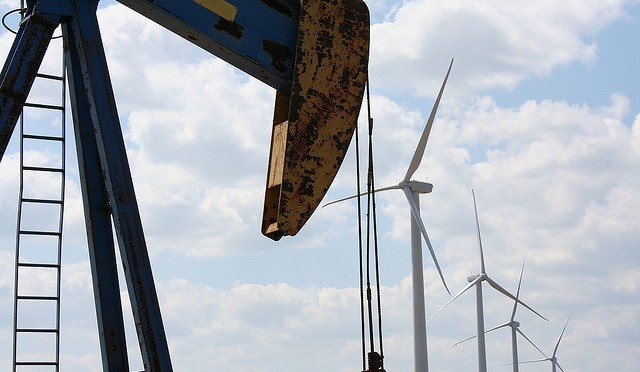Texas is often thought of as the land of oil and gas, but in recent years the state has emerged as the undisputed leader in wind energy. Here are a few surprising facts about wind power in Texas.
- Texas has the highest wind generation in the country
With nearly 9,400 turbines scattered throughout the state, Texas produces nearly 36 million megawatt (MWh) hours of electricity – that’s equivalent to almost as much as the state’s nuclear fleet (at 39 million MWh). Today, wind energy accounts for 10% of local power generation in Texas, and the potential for wind energy in Texas is even higher. According to the American Wind Energy Association, wind could power over 18 times the state’s current energy needs, and that is with current technology. - Wind power saves Texas 13.1 billion gallons of water every year
Generating wind power uses virtually no water. In Texas, this translates into annual water consumption savings of 13.1 billion gallons, which is equivalent to saving the water consumed in 99.3 billion water bottles. - In Texas, wind power prevents the release of 25.1 million metric tons of carbon dioxide emissions
Many people know wind power is clean, but how clean is it? In Texas alone, wind power has prevented the release of 25.1 million metric tons of carbon dioxide emissions. - Texas is home to over 17,000 wind-related jobs
One last aspect that many people are not aware of is the impact that wind generation has on Texas jobs. The wind energy industry in Texas has thrived thanks to smart state policy, such as legislation that created Competitive Renewable Energy Zones (CREZ) and has provided over $26 billion in capital investment. The state is home to at least 46 manufacturing facilities, including turbine manufacturer Alstom, tower manufacturer Trinity Structural Towers and numerous component suppliers, supporting over 17,000 wind-related jobs.
In fact wind generation grew at a faster pace in the recent years, partly because transmission constraints that previously prevented wind generators from operating at their maximum capability were gradually removed through a state-directed transmission expansion program. As these transmission constraints were removed, more generation from wind plants (largely concentrated in the northwestern part of the state) could reach the state’s population centers. The result has been a faster increase in wind generation than in wind capacity from 2009 to 2014.
And this record penetration of wind power is also helping to lower the incidents of many problems that have historically plagued the Texas power system. Driven by many days over 100 degrees, energy demand spiked to record highs this August. In years past this would have caused rolling brownouts or peak prices to skyrocket. While there were pricing spikes, the consistency of summer pricing over the past few years is due, in part, to the amount of wind generation occurring in West Texas during those hot summer days. During these periods of peak demand, the relatively new wind farms, are providing steady contributions that eliminate the need to turn on very old and inefficient “peaker plants”. These peaker plants are usually quite old and are only turned on in extreme circumstances.
ERCOT, the state’s electric reliability council that oversees the load balance of the grid to ensure supply meets demand, has a great section of their website for the energy-intrigued reader dedicated to monitoring the contribution of wind energy to the overall grid. Those pages can be found here: http://www.ercot.com/gridinfo/generation/windintegration/.



